Formula C2H4O3 IUPAC ID 2-Hydroxyethanoic acid Density 1.27 g/cm³ | Molar mass 76.05 g/mol Melting point 75 °C Appearance white, powdery solid | |
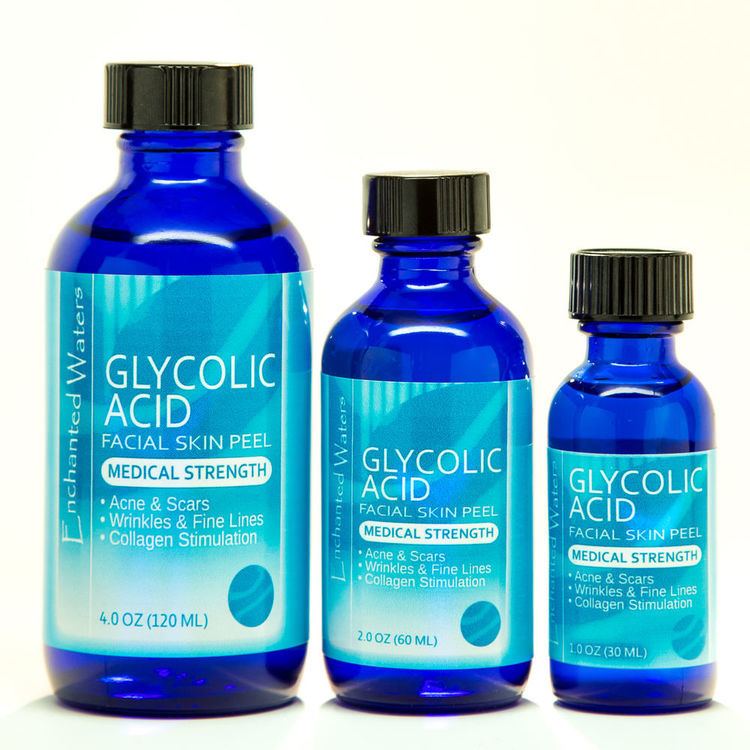 | ||
Related compounds Soluble in Water, Acetic acid, Ethyl acetate, Alcohol, Acetone | ||
Using glycolic acid to help clear acne acne org
Glycolic acid (hydroacetic acid or hydroxyacetic acid); chemical formula C2H4O3 (also written as HOCH2CO2H), is the smallest α-hydroxy acid (AHA). This colorless, odorless, and hygroscopic crystalline solid is highly soluble in water. It is used in various skin-care products. Glycolic acid is found in some sugar-crops. A glycolate or glycollate is a salt or ester of glycolic acid.
Contents
- Using glycolic acid to help clear acne acne org
- At home how to glycolic acid peel
- Preparation
- Uses
- Safety
- References
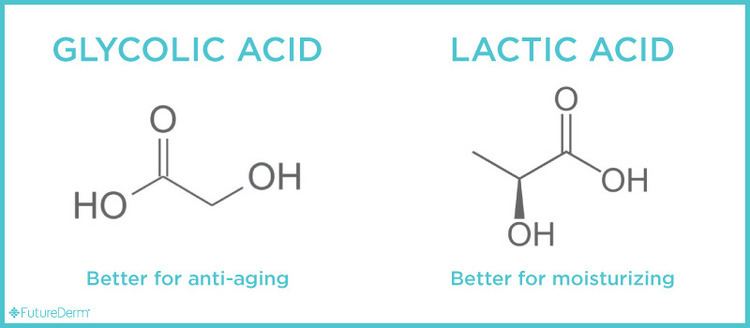
The name "glycolic acid" was coined in 1848 by the French chemist Auguste Laurent (1807–1853). He proposed that the amino acid glycine — which was then called glycocolle — might be the amine of a hypothetical acid, which he called "glycolic acid" (acide glycolique). When the team of Strecker and Sokolov finally produced glycolic acid in 1851, they bestowed, on their acid, the name of Laurent's hypothetical acid.
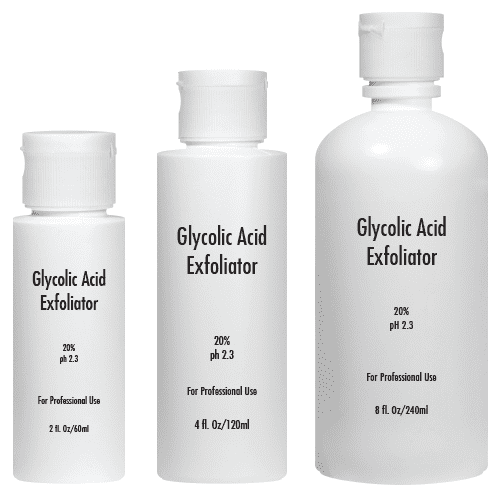
At home how to glycolic acid peel
Preparation
Glycolic acid was first prepared in 1851 by the team of the German chemist Adolph Strecker (1822–1871) and the Russian chemist Nikolai Nikolaevich Sokolov (1826–1877), who produced it by a treating hippuric acid with nitric acid and nitrogen dioxide to form an ester of benzoic acid and glycolic acid (C6H5C(=O)OCH2COOH), which they called "benzoglycolic acid" (Benzoglykolsäure), also called benzoyl glycolic acid. They then boiled the ester for days with dilute sulfuric acid, thereby obtaining benzoic acid and glycolic acid (Glykolsäure).
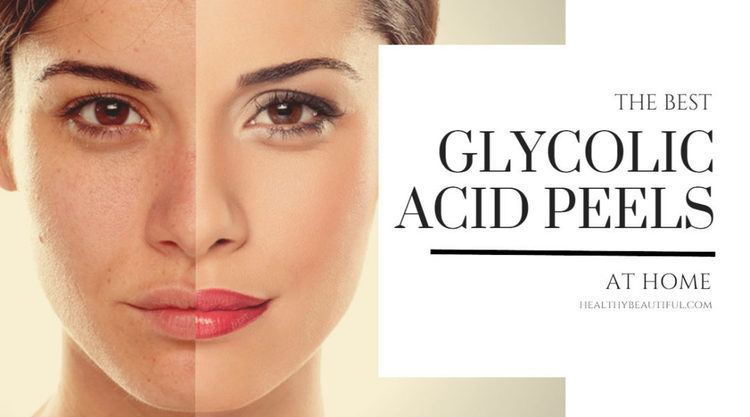
There are multiple routes of synthesis of glycolic acid that are practiced today. The majority of the world's supply of glycolic acid is made in a catalyzed reaction of formaldehyde with synthesis gas (carbonylation of formaldehyde), as this is a particularly economical preparative route.
It is also prepared by the reaction of chloroacetic acid with sodium hydroxide followed by re-acidification.
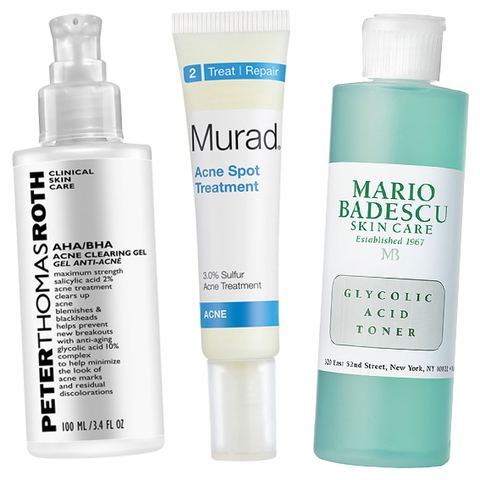
In this way, a few million kilograms are produced annually. Other methods, not apparently in use, include hydrogenation of oxalic acid, and the hydrolysis of the cyanohydrin derived from formaldehyde. Some of today's glycolic acids are formic acid-free. Glycolic acid can be isolated from natural sources, such as sugarcane, sugar beets, pineapple, cantaloupe, and unripe grapes.
Glycolic acid can also be prepared using an enzymatic biochemical process which produces fewer impurities compared to traditional chemical synthesis, requires less energy in production and produces less co-product. Each route can be evaluated for its relative costs and benefits.
Uses
Glycolic acid is used in the textile industry as a dyeing and tanning agent, in food processing as a flavoring agent and as a preservative, and in the pharmaceutical industry as a skin care agent. It is also used in adhesives and plastics. Glycolic acid is often included into emulsion polymers, solvents and additives for ink and paint in order to improve flow properties and impart gloss. It is used in surface treatment products that increase the coefficient of friction on tile flooring.
Due to its excellent capability to penetrate skin, glycolic acid finds applications in skin care products, most often as a chemical peel performed by a dermatologist in concentrations of 20 to 70% or at-home kits in lower concentrations between 10 and 20%. In addition to concentration, pH also plays a large part in determining the potency of glycolic acid in solution. Physician-strength peels can have a pH as low as 0.6 (strong enough to completely keratolyze the epidermis), while acidities for home peels can be as high as 2.5. Glycolic acid is used to improve the skin's appearance and texture. It may reduce wrinkles, acne scarring, hyperpigmentation and improve many other skin conditions, including actinic keratosis, hyperkeratosis, and seborrheic keratosis. Once applied, glycolic acid reacts with the upper layer of the epidermis, weakening the binding properties of the lipids that hold the dead skin cells together. This allows the stratum corneum to be exfoliated, exposing live skin cells. Highly purified grades of glycolic acid are commercially available for personal care applications.
Glycolic acid is also a useful intermediate for organic synthesis, in a range of reactions including: oxidation-reduction, esterification and long chain polymerization. It is used as a monomer in the preparation of polyglycolic acid and other biocompatible copolymers (e.g. PLGA). From the commercial perspective, important derivatives include the methyl (CAS# 96-35-5) and ethyl (CAS# 623-50-7) esters which are readily distillable (b.p. 147-9 and 158–159 °C, respectively), unlike the parent acid. The butyl ester (b.p. 178–186 °C) is a component of some varnishes, being desirable because it is nonvolatile and has good dissolving properties.
Safety
Glycolic acid is a strong irritant depending on the pH levels. Like ethylene glycol, it is metabolized to oxalic acid, which could make it dangerous if ingested.
